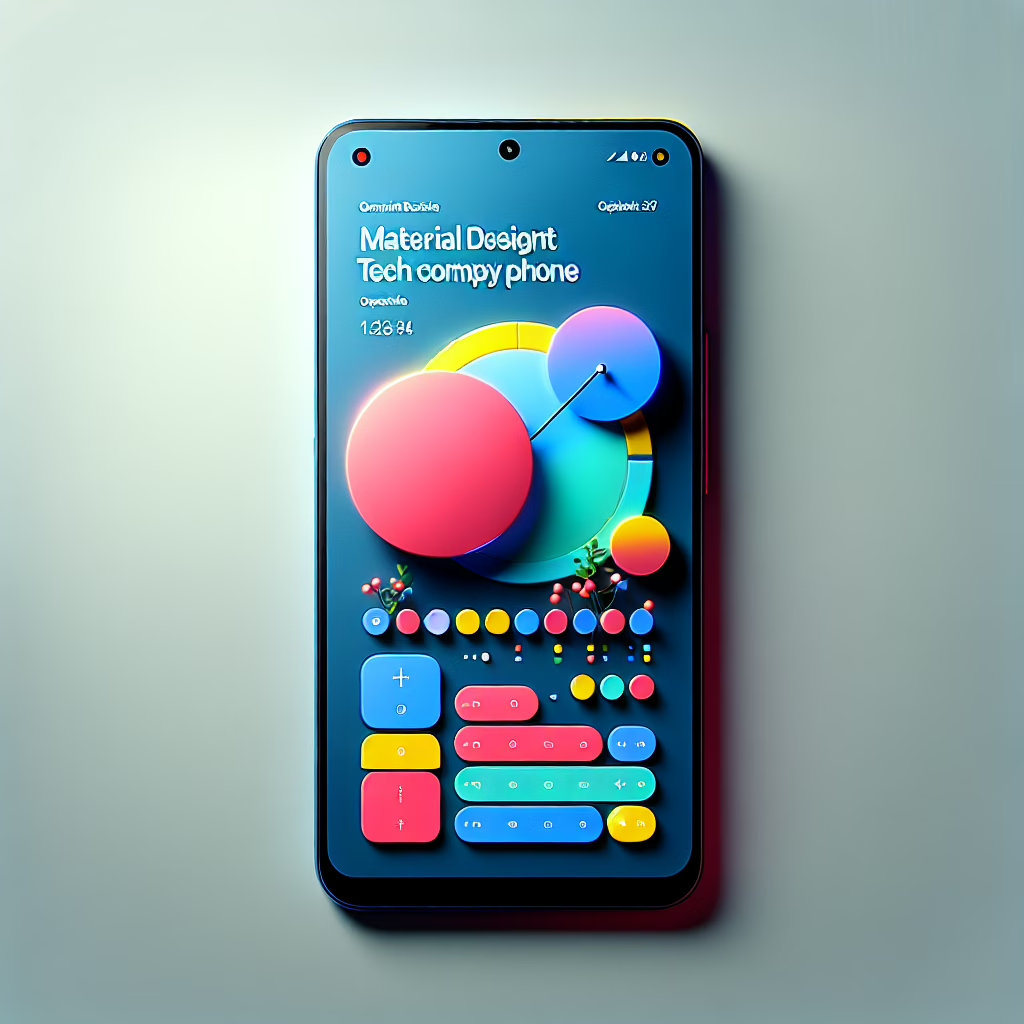In the ever-evolving world of smartphones, Google has once again outdone itself with the introduction of Material 3. This latest design language is not just a pretty face; it’s a revolutionary way to express yourself through your device. Imagine walking into a café and your phone suddenly matches your mood—yes, we’re talking about personalizing your Google phone like never before!
What is Material 3?
Material 3 is Google’s shiny new design philosophy that aims to put the “you” in “user experience.” It’s all about creating a more expressive, adaptable interface that feels as unique as your favorite coffee order. From colors that adjust based on your environment to shapes that feel more organic, this new approach breathes life into your Google phone.
This design isn’t just a minor tweak; it’s a fundamental shift. By focusing on user-centric designs, Material 3 makes interactions feel more engaging and intuitive. You’ll find buttons that don’t just sit there looking pretty—they respond to your touch with delightful animations and feedback!
How Does Material 3 Enhance Personalization?
If you’ve ever felt like your phone was just another slab of glass and metal, prepare for a makeover! With Material 3, Google introduces features that allow you to customize colors, shapes, and even the overall look of the interface.
For example, let’s say you’re feeling blue (the color, not the emotion). You can adjust the color palette of your phone’s UI to reflect that mood. Want something cheerful and vibrant instead? A few taps will have you basking in a warm palette reminiscent of a sunny day at the beach. Talk about mood lighting!
Moreover, Material 3 includes dynamic theming capabilities. This means that as you change wallpapers or themes, your icons and widgets automatically adjust to keep everything in harmony. It’s like having a personal stylist for your smartphone—one that doesn’t charge by the hour!
The Technical Side of Material 3
Now, let’s get a bit technical (but not too much—we don’t want anyone dozing off!). The foundation of Material 3 is built on design tokens. These are essentially variables that define color schemes, typography, and spacing within the UI. They work behind the scenes to ensure consistency across apps while allowing for flexibility in customization.
- Accessibility: Users can choose high-contrast themes that are easier on the eyes.
- Versatile Font Sizes: Adjusting font sizes can be done without compromising style.
No one should have to sacrifice aesthetics for functionality—thanks to Material 3, you can have both!
Why Should You Care About Material 3?
If you’re someone who enjoys a personalized experience with technology (and let’s be honest, who doesn’t?), then Material 3 is bound to impress you. It allows for an unprecedented level of customization that caters not just to aesthetic preferences but also enhances usability.
Additionally, brands are increasingly recognizing the importance of user experience in their products. So whether you’re an avid Google phone fan or just someone looking for a refreshing change from the same old designs, Material 3 will make your Google phone feel like it was designed just for you.
Final Thoughts
As we step into 2025 with our stylish new Google phones adorned with Material 3, let’s embrace this wave of expressive design! Whether you’re customizing colors to match your socks or just enjoying smoother animations while scrolling through memes, remember: your phone is an extension of yourself.
So why not dress it up accordingly? We’d love to hear what you think about Google’s latest design innovation! Will it make you want to swap out that old device? Share your thoughts in the comments below!
A big shoutout to 9to5Google for providing such insightful information about Material 3. Thanks for keeping us in the loop!
Explore More on Google Phones
Interested in more updates about Google Phones? Check out our articles about Gemini Space coming to Pixel phones or learn about the switch to TSMC for Pixel 10 chips. There’s always something new happening in the Google ecosystem!

